-

Methacrylamide 99% MIN E Sebelisoa Joalo ka Boitsebiso Tlhahisong ea Lik'hemik'hale
CAS NO.: 79-39-0
Foromo ea molek'hule: C4H7NO
Methacrylamide e sebelisoa e le thepa e tala tlhahisong ea lik'hemik'hale tse sebelisoang bakeng sa masela, letlalo, boea, lik'hemik'hale tse ntle, ho etsoa [ho kopanya] litokisetso le / kapa ho paka bocha (ntle le li-alloys), mosebetsi oa kaho le oa kaho, motlakase, mouoane, khase, phepelo ea metsi le likhoerekhoere.
-

Polyacrylamide 90%
Polyacrylamide (PAM) ke polima e qhibilihang ka metsing, e leng lentsoe le akaretsang bakeng sa acrylamide homopolymers kapa copolymers le lihlahisoa tse fetotsoeng, mefuta e mengata e sebelisoang haholo ea li-polymer tse qhibilihang ka metsing, 'me li tsejoa e le "Axiliary Agent for all industries". E Thehiloe ho sebopeho sa Polyacrylamide, e ka aroloa ka bao e seng ionic, anionic le cationic Polyacrylamide. Ho latela boima ba limolek'hule tsa polyacrylamide, e ka aroloa ka boima bo tlase ba limolek'hule, boima bo tlase ba limolek'hule, boima bo bohareng ba limolek'hule, boima bo phahameng ba limolek'hule le boima ba limolek'hule tse phahameng haholo. Khampani ea rona e hlahisitse lihlahisoa tse ngata tsa polyacrylamide ka tšebelisano-'moho le mekhatlo ea saense.Lihlahisoa tsa rona tsa PAM li kenyelletsa letoto la tšebeliso ea oli, letoto la non-ionic, letoto la anion, letoto la cationic. Limolek'hule boima ba mefuta e fapaneng ya polyacrylamide ke 500 sekete ~ limilione tse 30. E sebelisoa haholo likarolong tse fapaneng tse kang ho hloekisa metsi, ho sebelisoa ha oli, ho etsa pampiri, masela, ho lokisa liminerale, ho hlatsoa mashala, ho hlatsoa lehlabathe, mobu oa mobu, joalo-joalo.
-
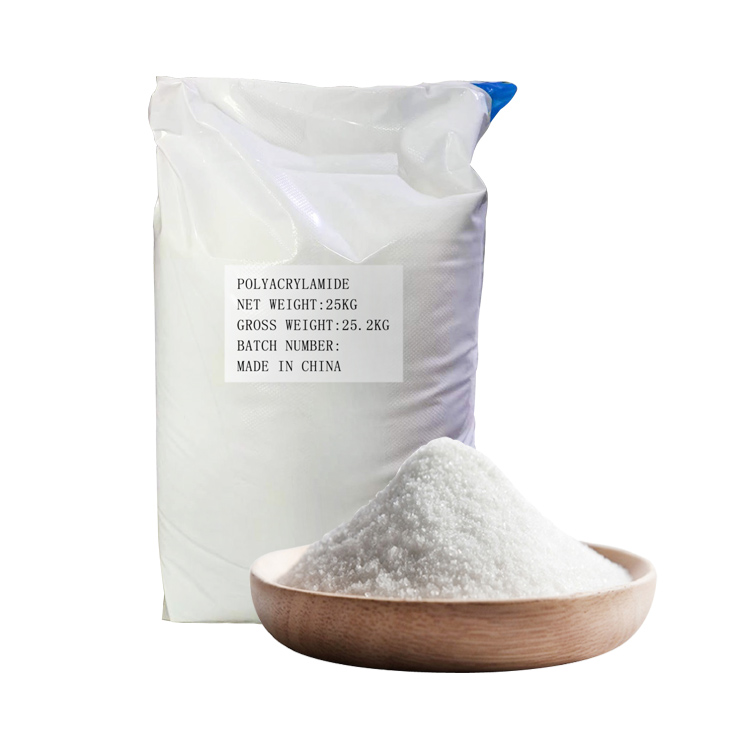
cationic Polyacrylamide
cationic Polyacrylamide
Cation Polyacrylamide e sebelisoa haholo metsing a litšila a indasteri, ho ntša metsi a litšila bakeng sa maemo a masepala le a phaphametseng. Cationic polyacrylamide e nang le degree e fapaneng ea ionic e ka khethoa ho ea ka thepa e fapaneng ea litšila le likhoerekhoere.
-

N-Methylol Acrylamide 98%
CAS No. 924-42-5 Foromo ea Molek'hule: C4H7NO2
【Thepa】Khalase e tšoeu. Ke mofuta oa self-crosslink monomer e nang le bond e habeli le sehlopha se sebetsang se sebetsang. Ha e tsitsa moeeng o mongobo kapa metsing 'me ho bonolo ho etsa polymerize. Ha acid e le teng ka har'a tharollo e nang le metsi, e tla polima kapele hore e be resin e sa keneng.
-

N,N'-Methylenebisacrylamide 99%
CAS No 110-26-9 Foromo ea Molek'hule: C7H10N2O2
【Properties】 Phofo e tšoeu, Sebaka se qhibilihang: 185℃; boima ba 'mele: 1.235. Ho qhibiliha ka metsing le li-solvents tse kang ethanol, acelone, joalo-joalo.
-

Acrylamide Tharollo
E amohela theknoloji ea mantlha e sa sebeliseng mochini ke Univesithi ea Tsinghua. Ka litšoaneleho tsa bohloeki bo phahameng le ho sebetsa hape, ha ho na koporo le tšepe e tlaase, e loketse ka ho khetheha bakeng sa tlhahiso ea polymer.
-
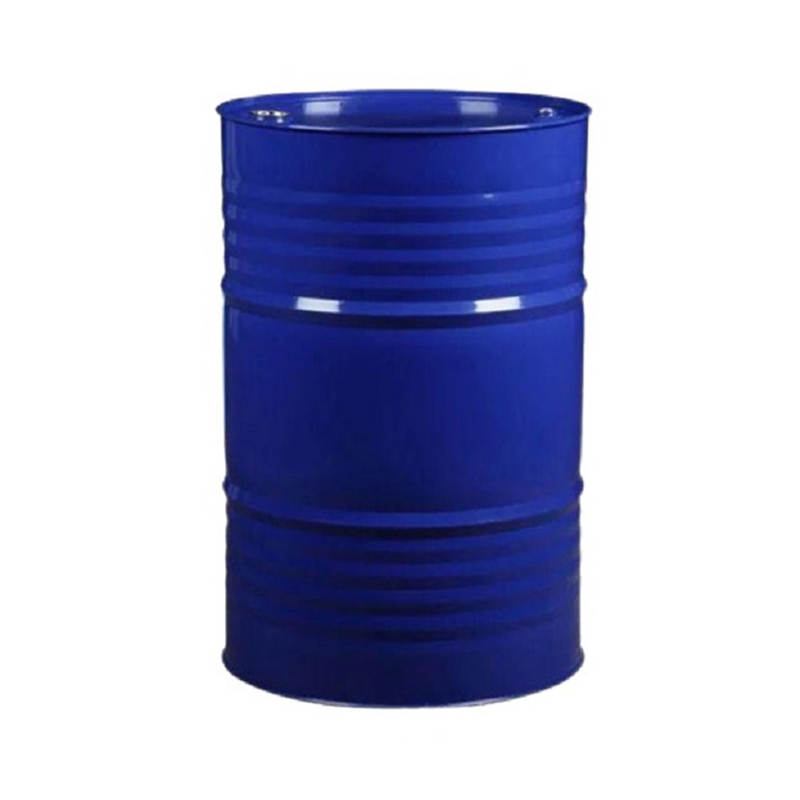
Furfuryl Alcohol 98%
Khamphani ea rona e sebelisana le Univesithi ea East China ea Saense le Theknoloji, 'me ea pele e amohela karabelo e tsoelang pele ka kettle le ts'ebetso e tsoelang pele ea distillation bakeng sa tlhahiso ea joala ea Furfuryl. Ka ho feletseng o ile a hlokomela karabelo ka mocheso o tlase le othomathike opereishene e hole, ho etsa hore boleng bo tsitse le litšenyehelo tsa tlhahiso li theohe.
-
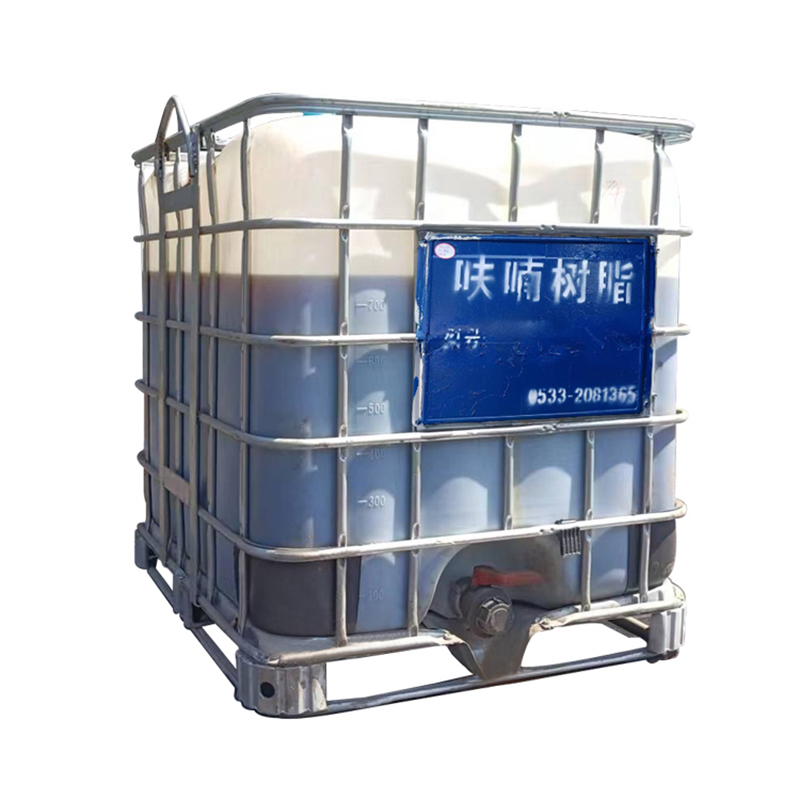
Ho Ithatafatsa Furan Resin
Sebopeho:
Mokelikeli o motle, ho bonolo ho kopanya lehlabathe, bokaholimo bo boreleli, ho nepahala ho phahameng.
Likahare tse tlase tsa aldehyde, monko o fokolang nakong ea ts'ebetso, mosi o fokolang, ka ts'ebetso e ntle ea tikoloho.
E ka sebelisoa bakeng sa tlhahiso ea litšepe tse entsoeng ka tšepe, tšepe e entsoeng ka tšepe, le li-castings tse se nang ferrous. E na le thepa e ntle ea ho folisa, matla a phahameng, ho kenella hantle, le ho lokolloa habonolo.
Ho bonolo ho senya hlobo ea lehlabathe le ho tsosolosa, ho fokotsa litšenyehelo tsa ho lahla.
-
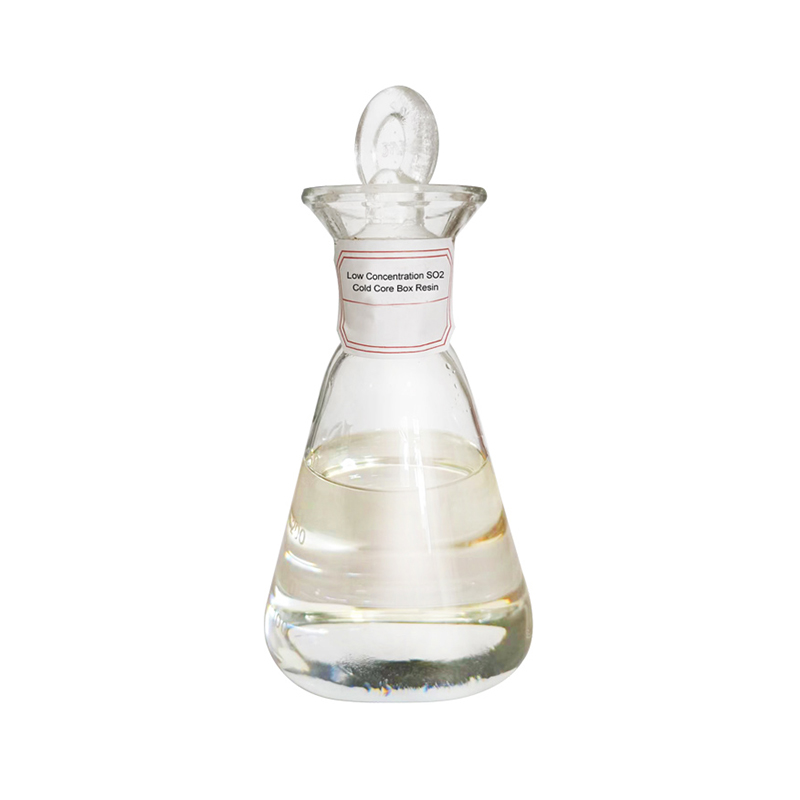
Low Concentration SO2 Cold Core Box Resin E Ntlafatsa Haholo Boleng ba Boleng ba ho Lahlela
Sebopeho
E ka ntlafatsa haholo boleng ba bokaholimo ba li-castings, ea eketsa ho nepahala ha sebopeho, le ho fokotsa mefokolo ea ho lahla joalo ka li-blowholes.
Ha ho likhase tse kotsi tse kang formaldehyde, phenol, amine, joalo-joalo, tikoloho ea ho sebetsa e ntlafalitsoe haholo.
Palo ea resin e kenyellelitsoeng e nyane, matla a phahame, tlhahiso ea khase e tlase, 'me ho putlama ho hotle.
Motsoako o na le bophelo bo bolelele ba tšebeletso
-
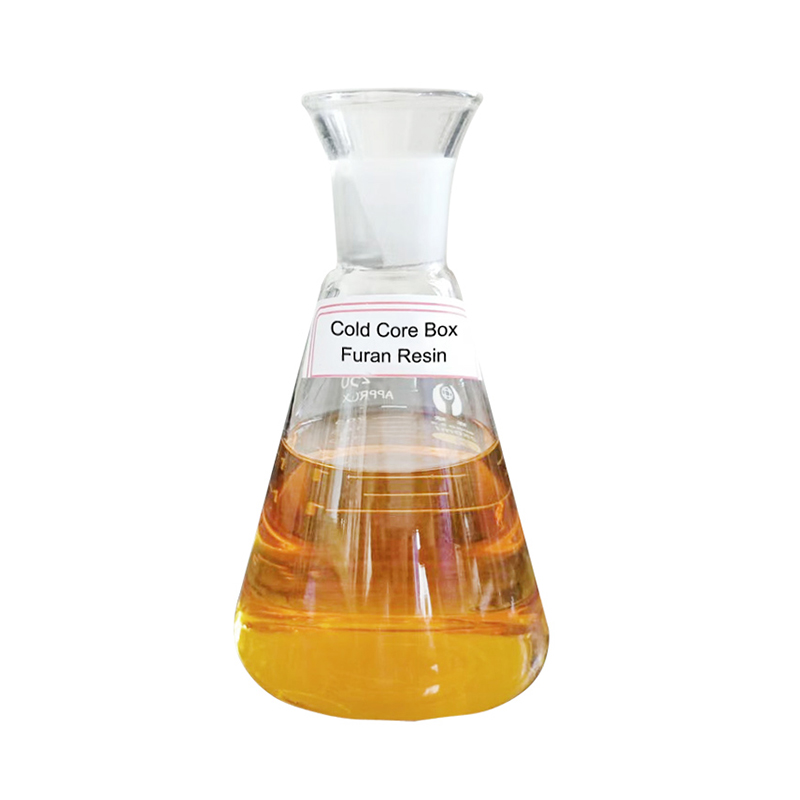
Cold Core Box Furan Resin Bakeng sa Tlhahiso ea Cast Steel Cast Iron le Non-ferrous Alloy Castings
Sebopeho
E loketse tlhahiso ea tšepe e entsoeng ka tšepe, tšepe e entsoeng ka tšepe le li-non-ferrous alloy castings.
Matla a phahameng le tlatsetso e tlase ea resin.
Tšebeliso e tlaase ea amine le katleho e phahameng ea phekolo.
Ha ho li-hydrocarbon tse nkhang hamonate, monko o fokolang le kotsi e tlase ea tikoloho.
-

Bosoeu bo Phahameng Aluminium Hydroxide
Hangata Aluminium Hydroxide (Aluminium hydroxide flame retardant)
Aluminium hydroxide ke sehlahisoa sa phofo se tšoeu. Ponahalo ea eona ke phofo e tšoeu ea kristale, e se nang chefo ebile ha e na monko, e phalla hantle, bosoeu bo phahameng, alkali e tlaase le tšepe e tlaase. Ke motsoako oa amphoteric. Litaba tsa mantlha ke AL (OH) 3.
1. Aluminium hydroxide e thibela ho tsuba. Ha e etse ntho e rothang le khase e chefo. E labile ka har'a tharollo e matla ea alkali le acid e matla. E fetoha alumina ka mor'a pyrolysis le dehydration, 'me e se nang chefo le monko o monate.
2. Active aluminium hydroxide e hlahisoa ke theknoloji e tsoetseng pele, e nang le mefuta e sa tšoaneng ea li-adjuvants le li-coupling agents ho phahamisa thepa ea phekolo ea holim'a metsi. -
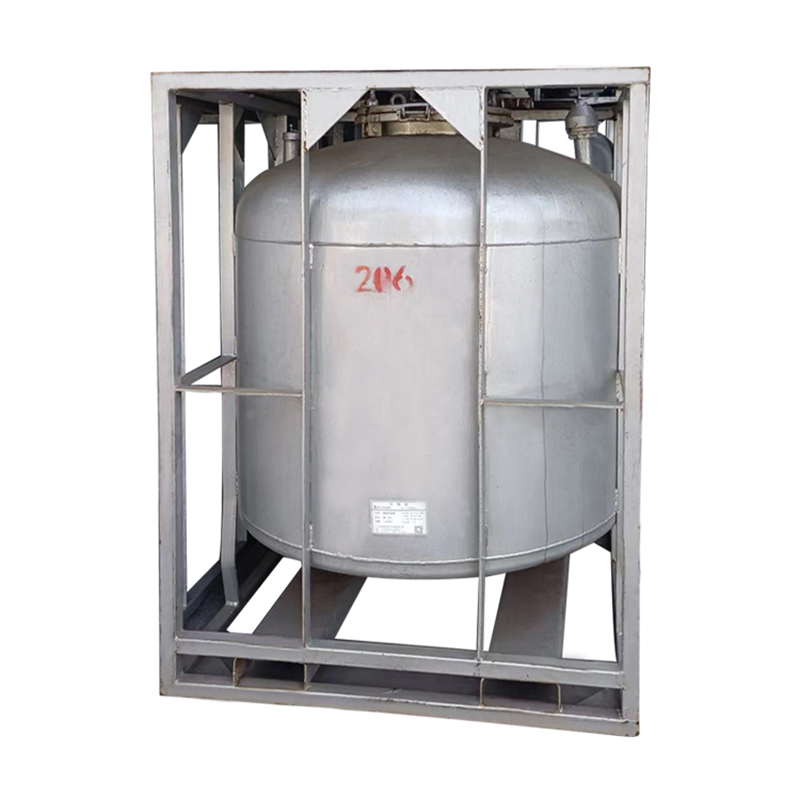
YJ-2 Mofuta oa Furan Resin Series Lihlahisoa tsa Furan Mastic, Furan Fiberglass, Furan Mortar le Furan Concrete.
YJ-2 mofuta oa furan resin ke sehlahisoa sa theknoloji se secha sa moloko oa bobeli se entsoeng motheong oa YJ furan resin ea pele. Thepa ea eona ea 'mele le ea mochini, haholo-holo matla a tlamahano le matla a tsitsipano, a ntlafalitsoe haholo.

